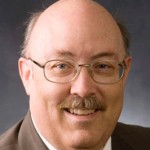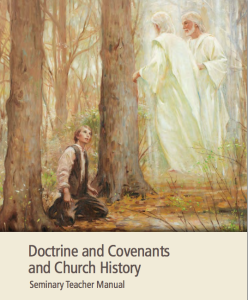Podcast: Download (27.0MB)
Subscribe: RSS
 This third interview in a series of nine with guest D.M. Johnson discusses the manuscript evidence for the Bible. Karen and Dave go more in-depth on the wealth of manuscript evidence that exists for the Bible, particularly the New Testament.
This third interview in a series of nine with guest D.M. Johnson discusses the manuscript evidence for the Bible. Karen and Dave go more in-depth on the wealth of manuscript evidence that exists for the Bible, particularly the New Testament.
They discuss the following topics:
-
Criteria the ancients used for placing a book or epistle in the Bible
-
Number and origin of ancient manuscripts
-
Variants between the manuscripts and how these affect our understanding of the Bible
Most importantly, they witness that the Bible is indeed God’s word, and invite all listeners to read and pray about its truthfulness.
You can find the complete transcript here
This series of podcasts were produced by the “I Believe” podcast group. They are used by permission of Karen Trifiletti the author of this work.
As always the view and opinions expressed in this podcast may not represent those of the Church of Jesus Christ of Latter-day Saint or that of FairMormon






